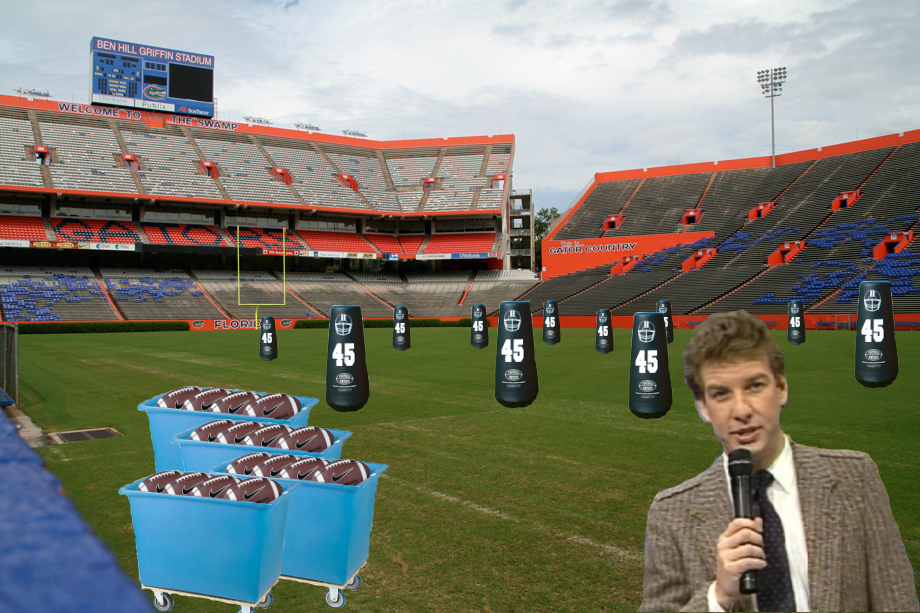When a baseball team goes 7-10 during a 17 game stretch in June or July, nobody notices; if they earn that record during the first 17 games of the season, it causes concern. This is exactly where the Indians find themselves to start 2014 especially after they clinched a postseason birth last season.
To understand the Indians slow start, it is important to first look at their RS/G and RA/G to look for any patterns. Through Saturday’s contest, they are scoring only 4.18 runs per game while giving up 4.71. With a -9 run differential (RS-RA) which puts them fourth worst in the AL, their actual record mirrors their Pythagorean record. While run differential is not overly important at this point of the season, it does indicate which side of the diamond the team is struggling with the most: The Indians are fifth worst in the AL with RA/G. On this side of the diamond, it is important to understand that there are two sides of the equation: pitching and defense. As we dig a little deeper, we find that it is actually the defense that is causing havoc with the perceptions of the pitching staff. The club is second worst in the AL with a -9.6 Ultimate Zone Rating (UZR) while posting the fourth best FIP in the AL at 3.47.
UZR is an advanced defensive metric that uses play-by-play data recorded by Baseball Info Solutions (BIS) to estimate each fielder’s defensive contribution in theoretical runs above or below an average fielder at his position in that player’s league and year. Thus, a SS with a UZR of zero is exactly average as compared to a SS in the same year and in the same league. If his UZR is plus, he is above average, and if it is minus, he is below average. So with a -9.6 UZR, this comes very close to explaining the -9 run differential.
 Here are the three worst Indians fielders in 2014 according to UZR:
Here are the three worst Indians fielders in 2014 according to UZR:
Nick Swisher (-2.7)
Asdrubal Cabrera (-2.0)
Jason Kipnis (-1.1)
Yan Gomes (0.2)
For a pitching staff that forces nearly 47% of it’s batted balls on the ground, having 3/5 of your infield representing your worst fielders causes some problems: Most notably, worst in all of Major League Baseball with a .335 BABIP by a significant margin (the Nationals are second-worst at .317.)
Here are the Indians starters that have been affected the most by the defensive woes, minimum of 10 innings pitched:
Danny Salazar (.405)
Carlos Carrasco (.400)
Corey Kluber (.390)
Granted, BABIP is inherently flaky and prone to variation, which can dramatically affect a pitcher’s hits allowed and ERA. If very few balls in play fall for hits, a pitcher won’t allow many runs to score and will have a very low ERA; similarly, if too many balls fall in for hits, a pitcher’s ERA can skyrockets upward.
If a pitcher has a very high or very low BABIP, it means that whatever the reason for the spike (whether it’s defense, luck, or slight skill changes), that player will regress back toward their career BABIP rate. BABIP rates are flaky and prone to vary wildly from year to year, so we should always take any extreme BABIP rates with a grain of salt.
That being said, it should be expected that the aforementioned pitcher’s BABIP (and thus their hits allowed and ERA) should regress back towards their career average this season only if the defense improves its UZR.
Will that happen?
It should be noted that the fielders mentioned above all have career UZR’s below “0.” So whether this trend can be corrected will be completely up to the fielders themselves and if they can improve upon their range.
History says that is unlikely.
A more practical approach would be to improve the defense by moving guys around and considering position shifts; something that will be difficult to do in the middle of the season.
Add The Sports Daily to your Google News Feed!
